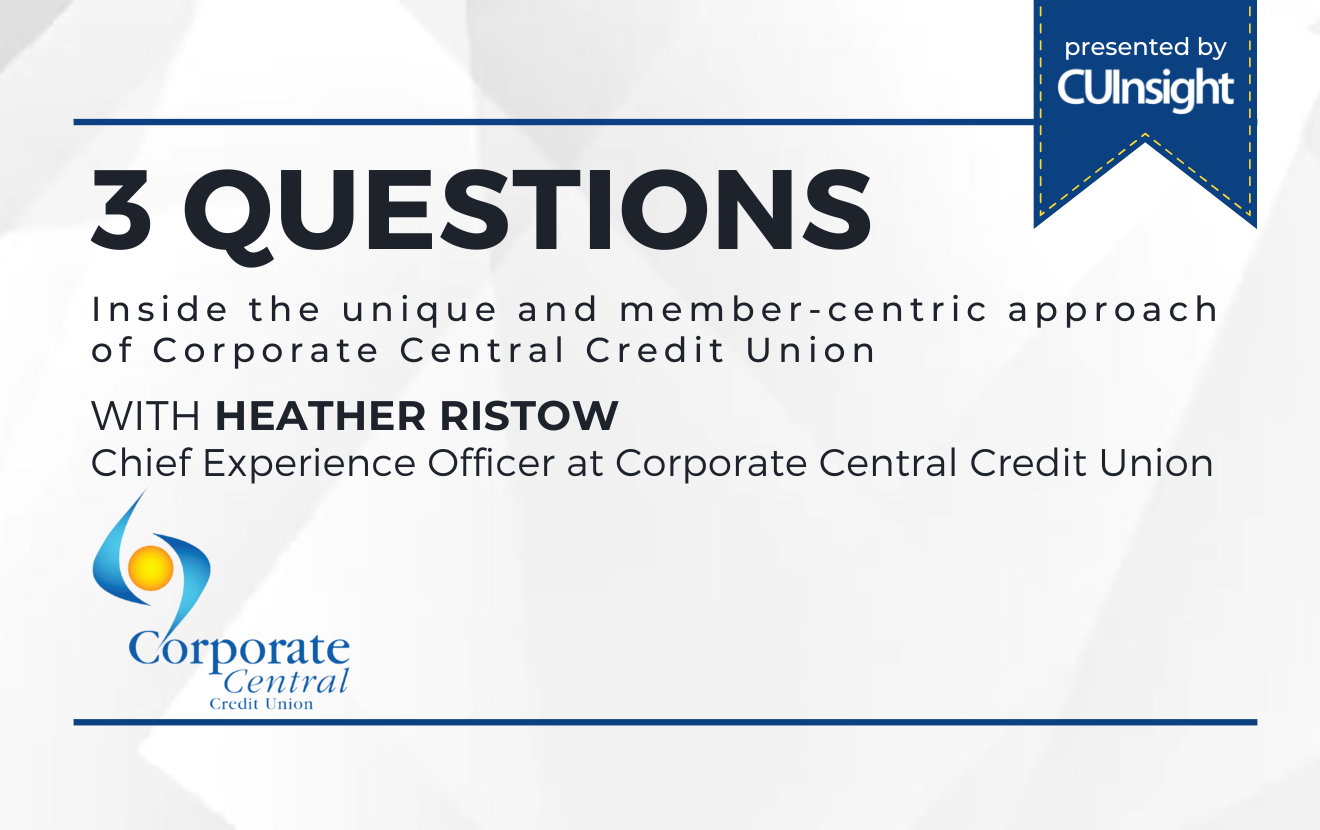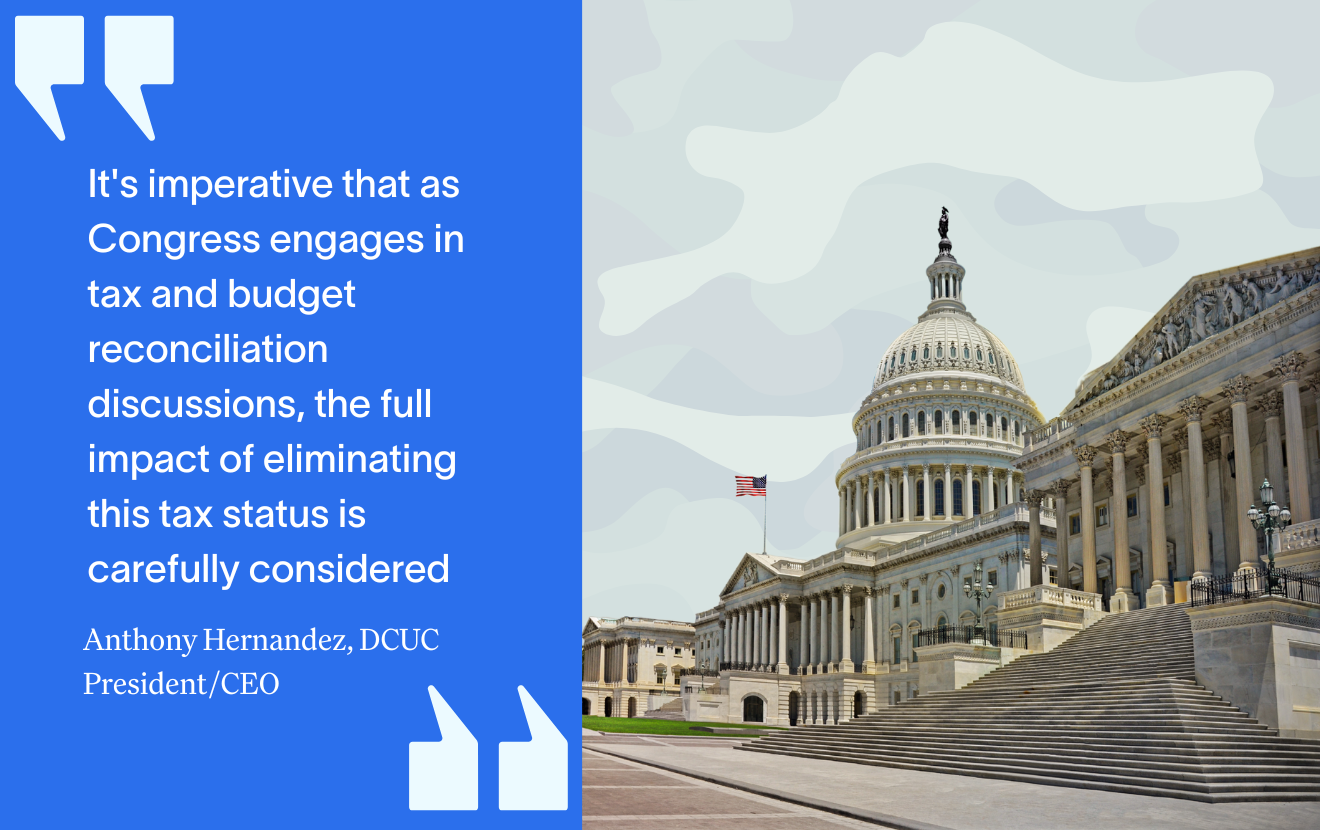Please don’t read this article until you’ve answered these five questions:
- Do the meetings you chair or attend work as they are supposed to work?
- Do you understand the role of a meeting chair or leader?
- Do you understand how participants can add to or detract from the effectiveness of a meeting?
- Do you have effective techniques to deal with problem situations that arise in many meetings?
- Do you have a good understanding of basic meeting procedures?
Scoring: If you’ve answered “No” to any of the above, you will benefit from understanding and executing the simple strategy outlined below.
According to research:
- U.S. organizations waste some $37 Billion a year in unproductive meetings.
- The average U.S. worker spends 31 hours a month in meetings. That’s almost an entire work week every month!
- 47% of U.S. workers cite meetings as their biggest impediment to productivity.
No organization should tolerate such wastefulness, especially co-ops like Credit Unions, which as member-owned institutions are naturally conscientious about stewardship.
Take a moment to assess meetings you hold and meetings you attend. Consider how these simple logistical tweaks can optimize your time.
First, ask yourself if the meeting you are about to call is necessary? Really! Sometimes, we are so accustomed to calling meetings we never stop to consider whether an email or old fashioned memo will do. If the purpose of your meeting is to get a message out, send a written message, either electronically or on paper, and request a reply. If the recipient list is small, follow up with a phone call or drop by each person’s desk to verify your message was received as intended.
Before sending out a meeting request, determine the singular purpose of the meeting. If you have too many objectives, your meeting will be a disorganized train wreck. We’ve all attended these meetings—fifteen people in a room with fifteen different agendas and no clear understanding about what we intend to accomplish in our hour together. It’s frustrating, unproductive, and can do more damage than good. If a meeting is a must, identify the key objectives and be sure they are related to a singular purpose.
Include a meeting agenda in your invitation. As the meeting organizer, you are responsible for the direction of the meeting. Once you’ve identified the purpose of the meeting, immediately determine the best way to accomplish the purpose—develop an agenda. Make sure agenda items are germane to the purpose, clear and understandable, and attainable. With the purpose and agenda in place, you can then determine the appropriate length of the meeting as well as the necessary attendees. Now, you are ready to send out invites. So, we’ll include length, attendees, and invites part of the third step to organizing an effective meeting.
TIP: Create meetings that are ten minutes shorter than what is considered normal. For instance, schedule 30 minute meetings for 20 minutes, 60 for 50, 90 for 80, etc., to allow attendees time to collect themselves and get to their next task or (heaven forbid) meeting.
Remain in control of the meeting. Arrive to your meeting early with physical copies of the agenda and any visual aids you deem necessary. Make sure A/V equipment is set up and ready to go. Nothing kills the momentum buzz quicker than sitting around waiting for a meeting organizer to get his act together. Likewise, start the meeting on time. Sure, people will run in late, but the onus is on them. Laggards will eventually get the message that your organization expects promptness. Besides, when everyone is in the habit of ending 50-minute meetings promptly at the 50-minute mark, there will be no excuse for arriving late to the next meeting.
Lead the meeting by introducing the topic, briefly recapping the agenda, and then establishing meeting parameters, as necessary. Be positive. Disagree tactfully. Remain professional. In other words, set the tone and lead by example.
Make attendees aware of the time at 40-minutes into a 50-minute meeting. This is the point where you should lead the group into the wrap up. Debrief. Summarize what was discussed. Determine what to do with parking lot issues that crept up during the meeting. Create a checklist of next steps, assigning tasks to each attendee. In other words, remain in control of the meeting.
Volumes have been written about the many methods for executing meetings. A simple web search will result in fabulous resources. Our purpose here is to outline the five overall steps to organizing the process of scheduling meetings.
Finally, send out a meeting follow up. Within one business day, attendees should receive a follow up from the meeting organizer. The follow up is an opportunity to keep everyone on the same page, reinforce the main meeting objective, clarify next-step expectations and responsibilities, and encourage contribution from attendees.
Factor into your own schedule devising a meeting follow up. Take detailed notes during the meeting so you can include in your follow up those touch points that might appear to have gone unnoticed.
Having taught Public Speaking for nearly a decade, I can tell you the “conclusion” is where most presenters fail because they assume the conclusion will come naturally and that there is no real need to prepare for it. Wrong. Whether presenting in a public forum or organizing a meeting, the conclusion—or follow up in the case of a meeting—is crucial.
Don’t miss this opportunity to document for reference the meeting outcome.
If holding a meeting sounds like work, that’s because it is WORK!
“Opportunity is missed by most people because it’s dressed in overalls and looks like work.” ~ Thomas Edison







